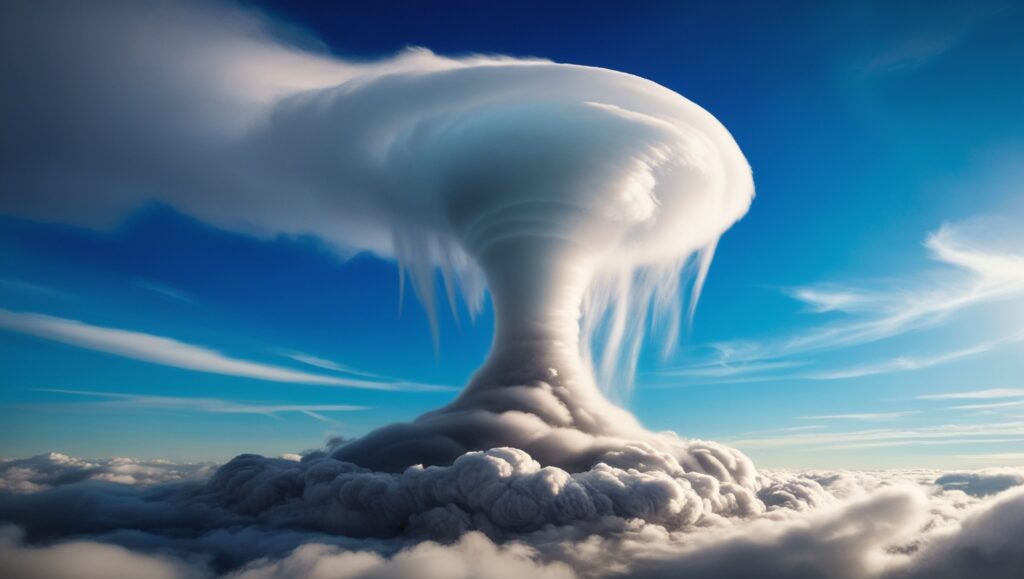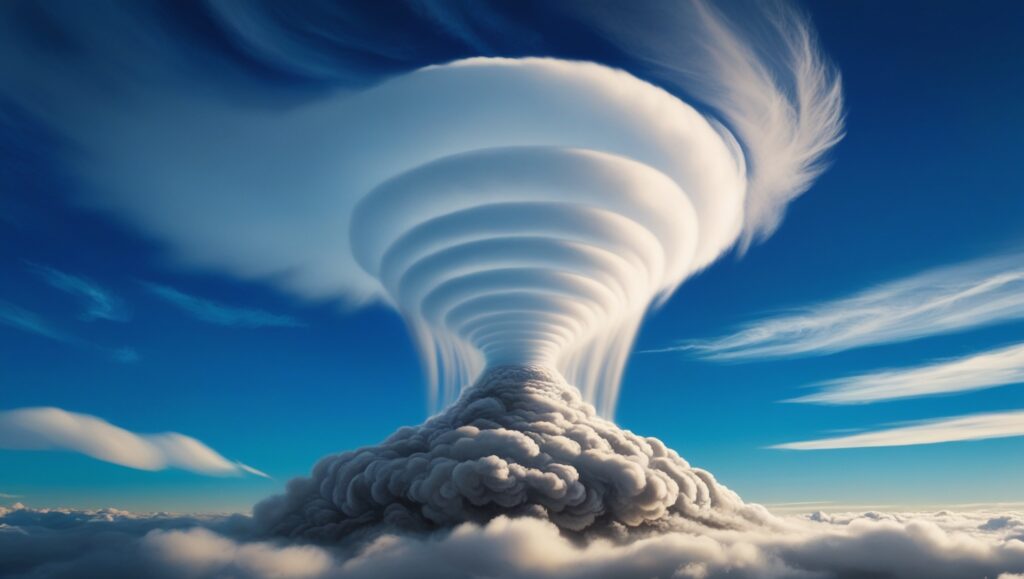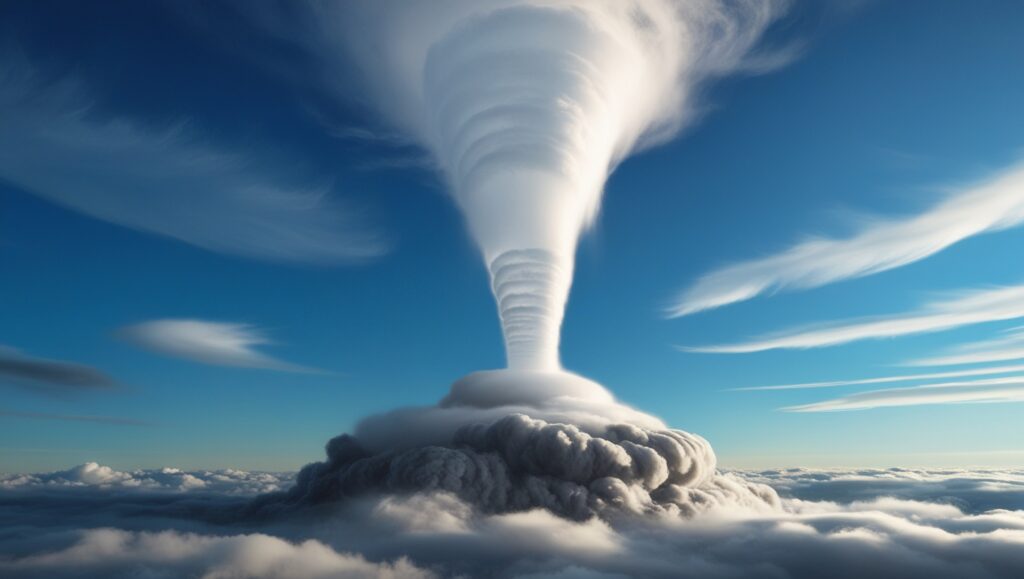The “cold air funnel cokato” phenomenon is a fascinating meteorology aspect, particularly in specific regions such as Cokato, Minnesota. This article delves into what cold air funnels are, their formation, characteristics, and their significance in the broader context of weather patterns. With a thorough exploration of this phenomenon, we aim to provide readers with an engaging and informative narrative.
What is a cold air funnel cokato?
A cold air funnel cokato is an atmospheric phenomenon that appears as a narrow, funnel-shaped cloud descending from a cumulus cloud. These formations can occur under certain meteorological conditions, typically during the transition between warmer and colder air masses. Due to their similar appearance, cold air funnel cokato are often mistaken for tornadoes; however, they are distinct in their formation and behavior.
Characteristics of cold air funnel cokato
cold air funnel cokato exhibit several unique characteristics that differentiate them from tornadoes. First, they usually form without significant wind shear, which is a crucial factor in tornado development. Second, cold air funnels are typically weaker than tornadoes and are less likely to cause significant damage. Third, their size can vary considerably, ranging from a few feet to several hundred feet in length, and they often dissipate quickly, sometimes within minutes of formation.
The Formation of cold air funnel cokato
Understanding how cold air funnel cokato form requires a closer look at the atmospheric conditions contributing to their development. These funnels typically form in a steep temperature gradient, often where cold air lies beneath warmer air.

The Role of Temperature Inversions
Temperature inversions play a critical role in the formation of cold air funnel cokato. In a typical atmosphere, temperature decreases with altitude; however, a layer of warmer air traps cooler air below it during an inversion. When this cool, dense air is disturbed, funnel clouds can develop.
The Influence of Local Geography
Local geography, such as hills or bodies of water, can also influence the development of cold air funnels. Local features can enhance atmospheric instability in areas like Cokato, situated in a region with varied terrain, making cold air funnel cokato formation more likely.
Cold air funnel cokato
Cokato, Minnesota, is known for its unique weather patterns, including cold air funnels. The region’s geographical features, coupled with its climate, create an ideal environment for these phenomena. Understanding local meteorological patterns is essential for predicting when and where cold air funnel cokato might occur.
Historical Occurrences
Over the years, Cokato has experienced several cold air funnels, often associated with severe weather events. Residents have reported sightings of these funnel clouds, particularly during spring and early summer, when conditions are most favorable.

Community Awareness and Safety
Community awareness plays a crucial role in safety. Cold air funnel Cokato can cause confusion and concern among residents, so educating the public about their characteristics can help reduce panic during their occurrence. Local authorities must disseminate information regarding weather patterns, emphasizing that cold air funnels can be visually striking but not typically dangerous.
Cold Air Funnel vs. Tornado
One of the most common misconceptions about cold air funnels is their association with tornadoes. While both phenomena can appear similar, several key differences set them apart.
Formation Processes
As mentioned, cold air funnels typically form without the significant wind shear necessary for tornado development. Tornadoes often arise from severe thunderstorms and involve more organized and intense rotating columns of air.
Damage Potential
Cold air funnels are generally much weaker than tornadoes, resulting in less potential for damage. While they can produce strong winds and localized effects, the destruction risk is significantly lower than tornadoes, which can cause widespread devastation.
The Meteorological Significance of Cold Air Funnels
While less studied than tornadoes, cold air funnels are important in meteorology. They serve as indicators of atmospheric instability and can provide valuable insights into local weather patterns.
Research Opportunities
Meteorologists study cold air funnels to understand their formation and behavior better. This research can lead to improved forecasting techniques and greater awareness of these phenomena, enhancing public safety during severe weather events.

Educational Value
Cold air funnels offer an engaging case study for meteorology students and enthusiasts. They exemplify the complexity of atmospheric processes and highlight the importance of temperature dynamics in weather systems.
Conclusion
cold air funnel cokato are a captivating meteorological phenomenon, particularly in regions like Cokato, Minnesota. While they can be visually impressive, understanding their characteristics, formation processes, and differences from tornadoes is crucial for public awareness and safety. As meteorology evolves, further research into cold air funnels will likely yield new insights into these intriguing weather patterns.
FAQs
What causes a cold air funnel?
Cold air funnels are caused by atmospheric instability. Typically, cold air is trapped beneath warmer air, creating conditions for funnel cloud formation.
Are cold air funnels dangerous?
Cold air funnels are generally weaker than tornadoes and pose a lower risk of damage. However, they can still produce strong winds locally.
How can I identify a cold air funnel?
Cold air funnels appear as narrow, funnel-shaped clouds extending from a cumulus cloud. They often dissipate quickly and are usually not associated with severe storms.
Where are cold air funnels most commonly found?
While they can occur in various regions, cold air funnels are frequently observed in areas with significant temperature gradients and local geographical features, such as Cokato, Minnesota.
Can cold air funnels form without a storm?
Cold air funnels can form without a severe thunderstorm, typically during atmospheric instability and temperature inversions.


